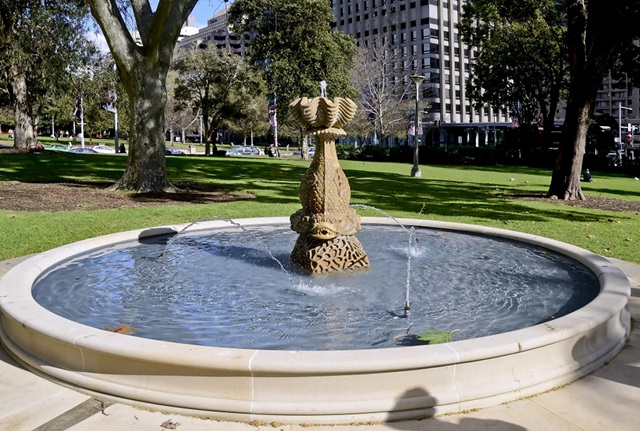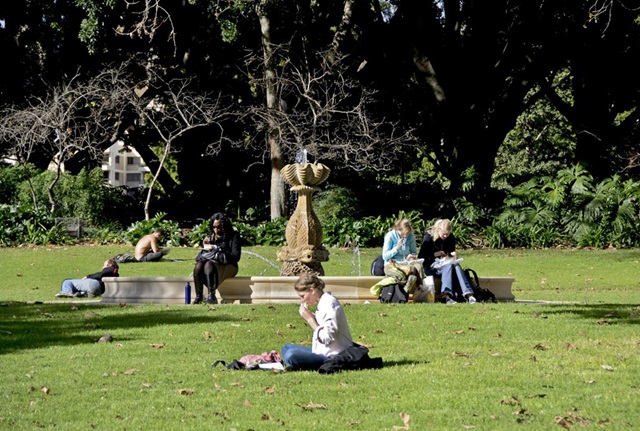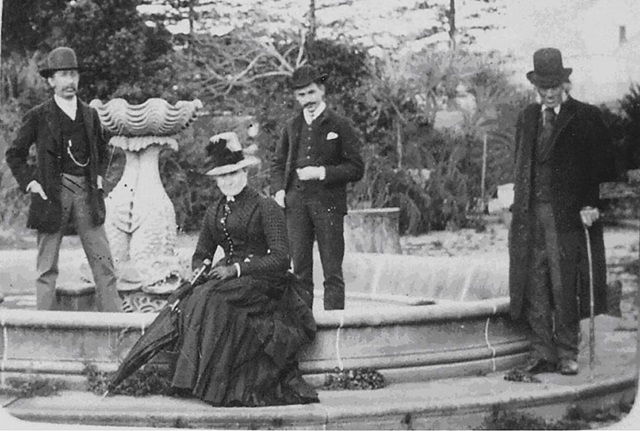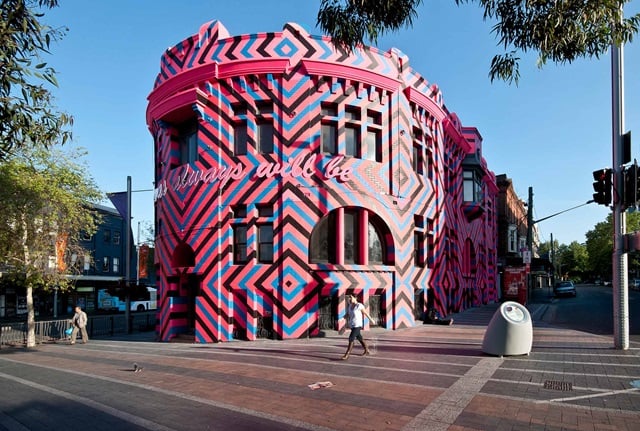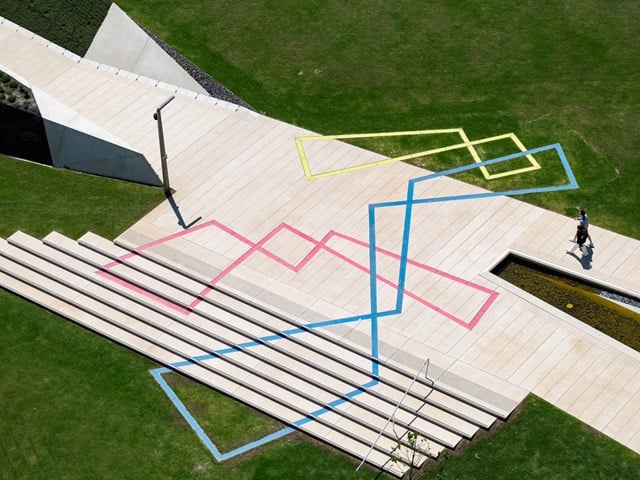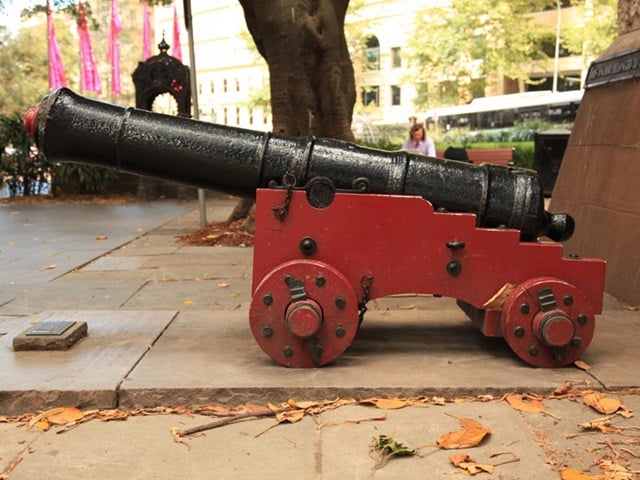John Thomas Baptist (1804-1873) emigrated from Portugal to Australia, arriving in Sydney in 1829. He was employed by Captain Charles Wilson, new director of public works in NSW. When his employer went insolvent 18 months later, Baptist formed a partnership with ex-convict Ned Shackley, who had worked in the Royal Botanic Garden. The pair opened a butcher’s shop and by 1837 were also selling vegetables from a market garden that Baptist established. Baptist expanded this business and gradually built up his nursery, which he named The Gardens.
The Gardens, 16 hectares of nursery and market gardens on Bourke Street, Redfern, were a significant horticultural contribution to the colony as well as the first pleasure gardens. They gradually became the "show grounds of Sydney" to which Sydneysiders flocked at weekends when they were open to the public. On weekdays The Gardens had a more utilitarian value as market gardens, nursery-supplier of seeds, plants, shrubs, and trees of immense variety and a source of cut flowers. By 1860, according to the Sydney Mail, they had become "a horticultural institution within this city" and "a popular resort for Sunday picnickers". It was here that the John Baptist Fountain was first erected by the 1860s, although its artist and date of manufacture is unknown.
After Baptist’s death, his son, John Baptist junior, continued to operate and develop the Baptist Gardens for some years. Finally, however he subdivided the Gardens and sold them off in lots at public auction. It was at this time that one of the garden’s other fountains and its gates were donated to Redfern Park, where they survive today. Large collections of plants were also given to the Royal Botanic Gardens.
In 1884, the fountain was donated by John Baptist junior to the trustees of Hyde Park. It was installed in Hyde Park north in 1888 for the centenary of European settlement.
